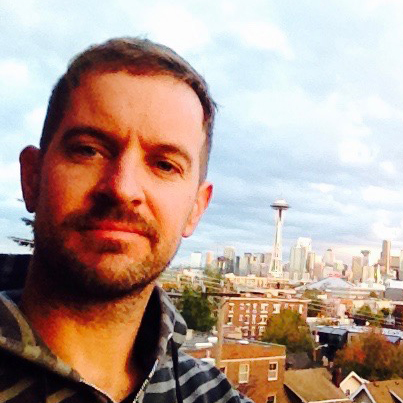Early forecast numbers released by the Alaska Department of Fish Game predict another colossal sockeye salmon run in Bristol Bay, Alaska in 2018.
The department is estimating a run of more 51 million sockeye salmon, yielding a harvest of 39 million fish. If the prediction holds, it would overshoot the 10-year average of around 43 million by 18 percent and mark the fourth straight year of runs well above the long-term mean of just under 34 million.
A harvest of 39 million sockeye would be the third-largest in Bristol Bay’s history, eclipsing the historic seasons in 2016 and 2017, both of which registered catches of around 37.6 million fish.
In its report, ADF&G admitted that forecasting salmon runs in Bristol Bay is an “inherently difficult and uncertain” enterprise that comes with an inevitable margin of error. Forrest Bowers, the deputy director of commercial fisheries for ADF&G, said researchers do not fully know what happens when the salmon go out to sea.
“We don’t understand that marine environment. We can look at numbers of returning fish and age classes of returning fish, and we do pretty well, but it’s inexact. And we’re seeing variation run timing, which complicates management because we can’t rely on traditional run timing curves,” Bowers said 18 November at the Pacific Marine Expo in Seattle, Washington.
The department’s prediction overshot the run by 19 percent in 2011, and came in 44 percent below the actual 2014 run. Since 2001, ADF&G’s predictions have been on average 11 percent below the actual run.
The strong sockeye runs have bucked downward trends in the other area fisheries, such as Pacific cod, red king crab and pink salmon, which biologists think have all suffered from the warm water mass in the Pacific Ocean known as “the blob.” According to Bowers, habitat diversity and good management are keys to the sockeye’s recent success.
“Bristol Bay has a lot going for it,” Bowers said. There are a lot of river systems and those rivers are pretty diverse, with a lot of different kinds of spawning habitat that create different life history characteristics in the various river systems. That means you’re not relying on the production to come out of single area. So the habitat is good, and we’re consistently meeting escapement goals, and those goals are set to produce high yields.”
High-volume runs have combined with rising prices of about USD 0.25 per year for the past three seasons. Major processors paid a base rate of USD 0.50 (EUR ) in 2015, but paid out USD 1 (EUR ) per pound in 2017, most adding USD 0.15 for chilled fish and USD 0.5 to 0.10 more for floating and bleeding.
Groups like the Bristol Bay Regional Development Association (BBRSDA) and the Alaska Seafood Marketing Institute (ASMI) have been spearheading a push for higher quality fish combined with stronger marketing of the Bristol Bay brand. In part because of these efforts, BBRSDA Executive Director Becky Martello said early calculations show no reason for a drop-off in price in 2018.
“Whatever we can do to make fish quality optimum at the point of harvest benefits everyone. That high quality fish ties directly back in to price and incentives. We’ve seen good prices the last couple of years and from our analysis with the McDowell Group, it looks favorable for 2018,” Martello said.
Jeremy Woodrow, the communications director for the Alaska Seafood Marketing Institute (ASMI), said another high-volume season would be help to maintain brisk domestic sales of sockeye fillets.
“Last summer we saw great sockeye promotions throughout the retail space in the United States. And it’s great to see that the forecast for 2018 is up. We’re hopeful that trend continues,” Woodrow said. “The tough part is with our wild fisheries is that the catch ebbs and flows, so you create expectation and demand and then we have a poor return year, and that demand just falls off the table.”
Both Martello and Woodrow said wild salmon prices have gotten help from the recent struggles in the farmed salmon industry, where algae blooms and sea lice have pushed down volume and raised prices, causing a bump in price for wild-caught fish.
Photo credit: Chris Miller






